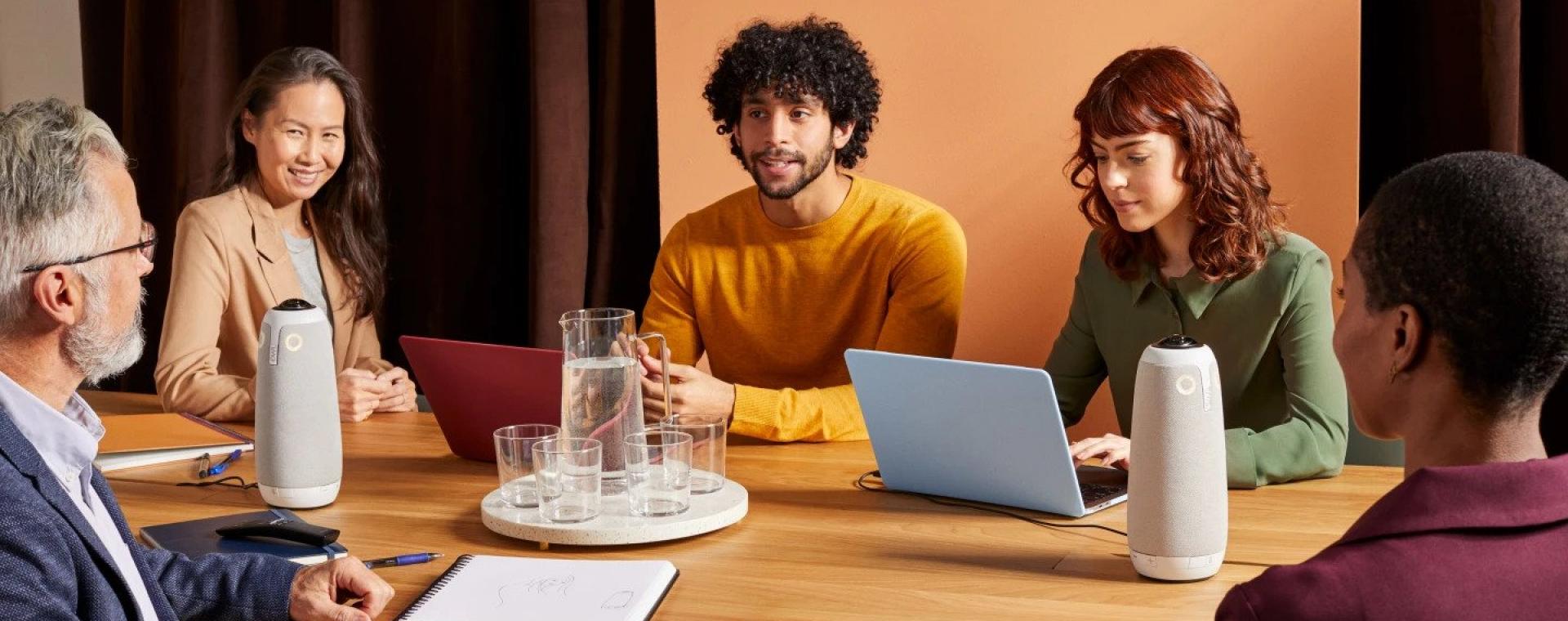Hybrid working – a term few of us had heard of two years ago but which has become commonplace in our working lives since the start of the Covid-19 pandemic.
While the concept of hybrid working is simple - a mixture of working in the office and at home - what organisations must do now is learn how to make it work for them. There isn’t a one size fits all solution. Understanding the benefits and challenges of hybrid working, how to manage hybrid working and balance the best model for your employees is key.
The benefits of hybrid working
There are several benefits to hybrid working for employees, which have a positive knock-on effect for their employers.
Employees will enjoy greater control over their work-life balance, ultimately being able to spend more time with their friends and family by cutting out their daily commutes. Less commuting also means more time for employees to rest, and they’ll save money on travel costs. This all results in happier employees, which can result in better staff retention for your organisation. Similarly, a happier employee is also likely to be a more productive employee.
For employers, hybrid working allows you to re-evaluate how you use your office space. If every desk isn’t being used all the time, can you create more communal and collaborative spaces within your office? If you reside in your own building, would it make more sense to now move to a managed facility? In turn, your office choice can reduce operational costs for your organisation and could help reduce your operational carbon emissions.
The disadvantages of hybrid working
Many companies now have a policy in place that employees must be in the office at least one day a week. Some even mandate which day this must be. It’s understandable that some organisations want to do this – it can be a daunting prospect for employers to rarely see their employees.
One of the main concerns often cited is the potential of an ‘us and them’ atmosphere growing within an organisation. For some employees, getting into the office is simply easier than it is for others – this could be due to location or access to transport. If some employees are in the office more often than others, then there’s the worry that, purely due to greater visibility, they’ll be more likely to be promoted, or to get a pay rise. It may also wrongly induce feelings that those who aren’t in the office as often are less committed to the organisation and its mission.
People will rightly want transparency and fairness in how decisions are being made, and managers will need to treat people equitably.
Another challenge is that, due to hybrid working being relatively new as a mainstream model, it brings with it a new workplace culture. Interpersonal relationships aren’t as easy to gauge. It doesn’t necessarily mean the deterioration of interpersonal relationships – they can simply be changing in nature. The best way to ensure this is through effective organisational communication to maintain and strengthen bonds, and make sure no one is left behind.
How to create a hybrid model of working
While hybrid working has become commonplace, it is something many organisations, and individuals, are still familiarising themselves with. Understanding how effective communication within the organisation will impact the success of the model is essential. Also, creating clear policies and procedures to ensure that no one is left behind and that enable your staff to easily make the transition to hybrid working is key.
You also want to make sure your organisation’s digital infrastructure, and the security of your devices, is as up to date as it can be. For example, we’ve got fibre broadband installed in all our centres, and the digital infrastructure is monitored 24/7, so if anyone has any issues, they are dealt with swiftly and effectively.
Video conferences are much more common nowadays too, so making sure the meeting rooms you use for larger calls have equipment that is easy to use, well connected and secure is essential. Our meeting rooms are equipped with Meeting Owls that allow callers to see everyone in the room at once using the Owls’ fisheye camera lens. Once someone starts talking, the Owl will focus the video on that individual. These have proven particularly popular with our tenants, who have said they’re easy to use with excellent video and sound quality.
It's also important to remember that technology is ever evolving, so keeping abreast with advancements and your organisation’s requirements is crucial. We regularly seek feedback from our tenants to make sure the services we provide deliver everything they need, and we have a five-year plan in place to improve connectivity throughout our centres.
Hybrid working is a relatively new model for many of us. Consequently, it may take some trial and error to find the best practices for you, your organisation, and your employees. There will always be advantages and disadvantages of hybrid working, so it’s about maximising the advantages, and minimising the disadvantages. In any case, ensuring you have the best office space to suit your needs is a must.
Looking for a shared office space?
If you’re looking for new office space, get in touch with us at sales@ethicalproperty.co.uk, call us on 0330 016 3440, or visit www.ethicalproperty.co.uk/contact-us.
